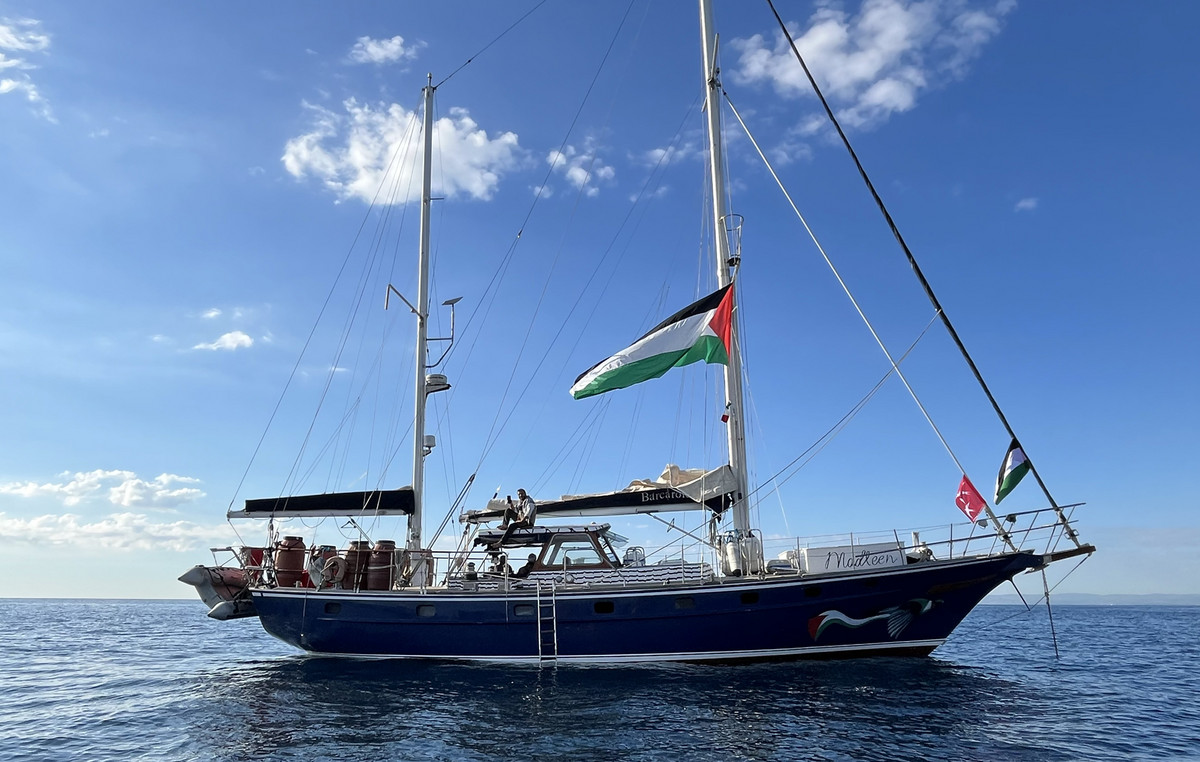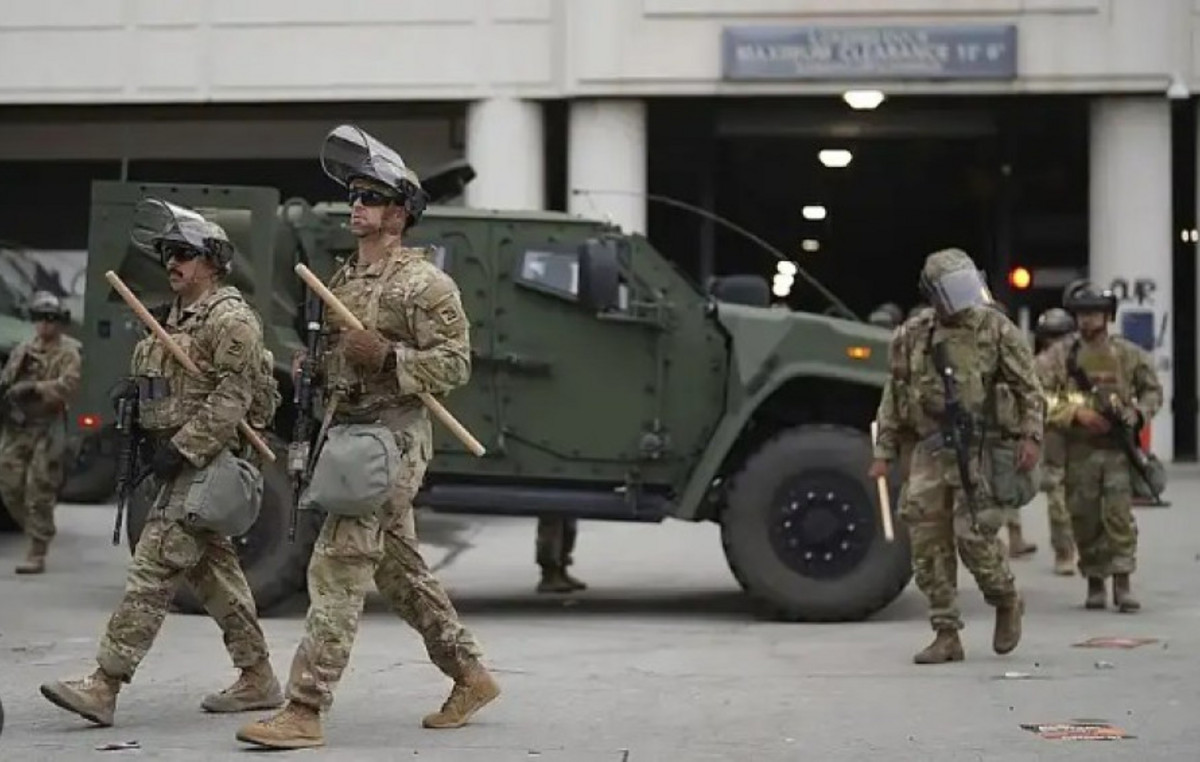Boeing’s Starliner spacecraft landed unmanned in a New Mexico desert on Friday night (6), ending a three-month test mission hampered by technical problems that forced the astronauts it had taken to the International Space Station (ISS) to remain there until next year.
NASA astronauts Butch Wilmore and Suni Williams, who became the first crew to fly Starliner in June, remained on the ISS as Starliner autonomously undocked on Friday night.
The six-hour journey to Earth using maneuvering thrusters that NASA deemed too risky to carry a crew last month.
Starliner returned to Earth apparently without incident, a NASA live broadcast showed, completing the critical final phase of its mission.
The spacecraft reentered Earth’s atmosphere at around 10:00 p.m. (Brasília time) at orbital speeds of approximately 27,400 km/h.
About 45 minutes later, she deployed a series of parachutes to slow her descent and inflated a set of airbags moments before landing at White Sands Space Harbor, a barren desert in New Mexico.

While the mission was intended to be a final test flight before NASA certifies Starliner for routine missions, the agency’s decision last month to keep astronauts out of the capsule for safety reasons has cast uncertainty over the spacecraft’s certification path, despite Boeing’s clean return.
Wilmore and Williams, stocked with extra food and supplies on the ISS, will return to Earth in a SpaceX vehicle in February 2025.
What was initially supposed to be an eight-day test turned into an eight-month mission for the crew.
The ISS, a football-field-sized science laboratory about 250 miles (402 km) in space, has seven other astronauts on board who arrived at different times in other spacecraft, including a Russian Soyuz capsule.
Wilmore and Williams are expected to continue conducting scientific experiments with their crewmates.
Five of Starliner’s 28 maneuvering thrusters failed with Wilmore and Williams on board during its approach to the ISS in June, while the same propulsion system experienced multiple leaks of helium, which is used to pressurize the thrusters.
Despite the successful docking on June 6, the failures triggered a months-long investigation by Boeing — with some help from NASA — that cost the company $125 million, bringing total cost overruns on the Starliner program to just over $1.6 billion since 2016, according to a Reuters analysis of securities filings.
Boeing’s Starliner’s problems have persisted since the spacecraft failed on a test trip to the ISS in 2019 without a crew.

Starliner flew another mission in 2022 and was largely successful, although some of its thrusters malfunctioned.
The aerospace giant’s troubles with Starliner represent the latest struggle that calls into question Boeing’s future in space, a job it dominated for decades until Elon Musk’s SpaceX began offering cheaper launches for satellites and astronauts and reshaped the way NASA works with private companies.
Boeing will recover the Starliner capsule after its landing and continue its investigation into why the thrusters failed in space.
But the section housing Starliner’s thrusters — the trunk of the “service module” that provides maneuvering capabilities in space — detached from the capsule as designed, just before it plunged into Earth’s atmosphere.
The service module containing the faulty thrusters burned up in the atmosphere as planned, meaning Boeing will rely on simulated tests to figure out what went wrong with the hardware in space.
This content was originally published in Without astronauts, Boeing’s Starliner spacecraft returns to Earth on the CNN Brasil website.
Source: CNN Brasil
Charles Grill is a tech-savvy writer with over 3 years of experience in the field. He writes on a variety of technology-related topics and has a strong focus on the latest advancements in the industry. He is connected with several online news websites and is currently contributing to a technology-focused platform.







